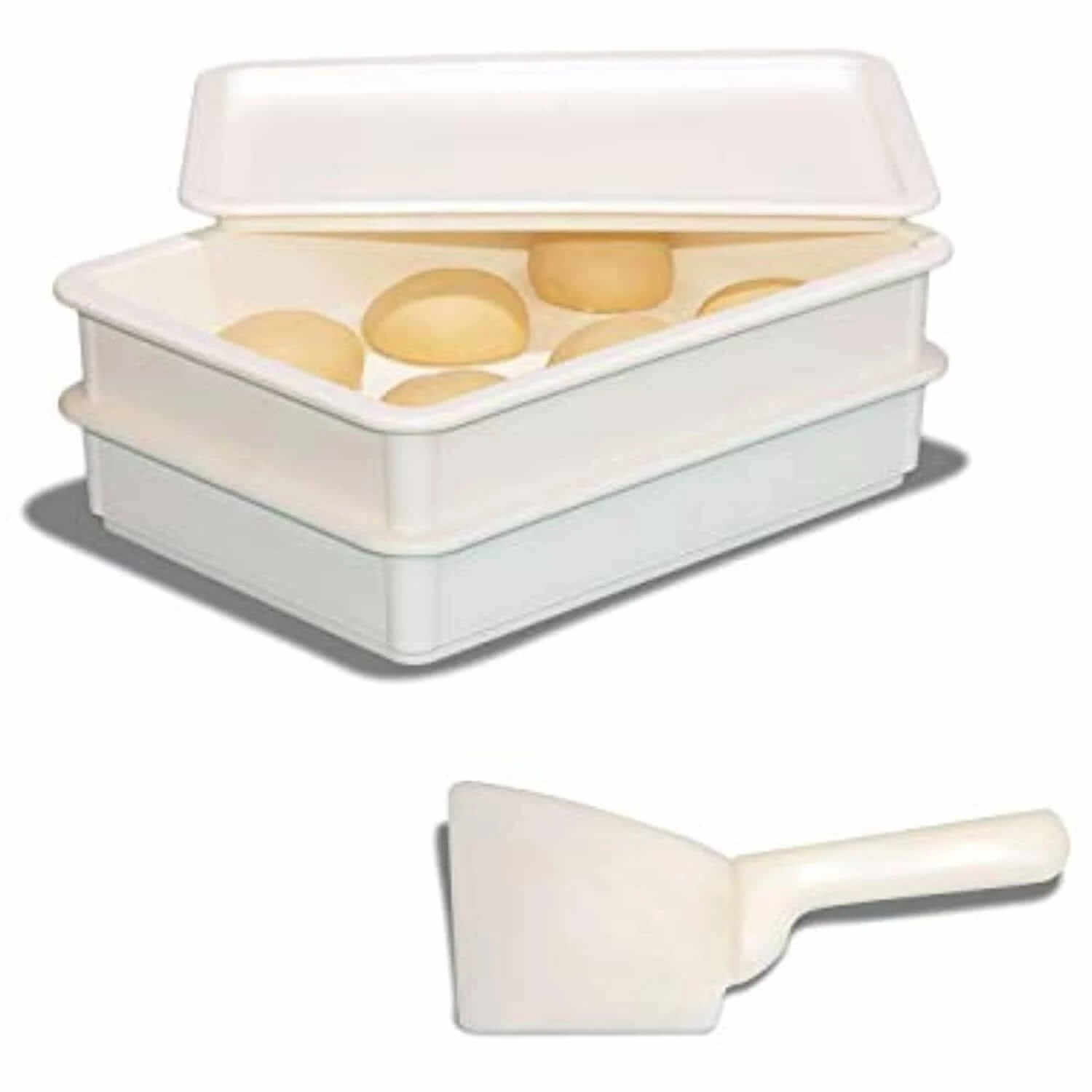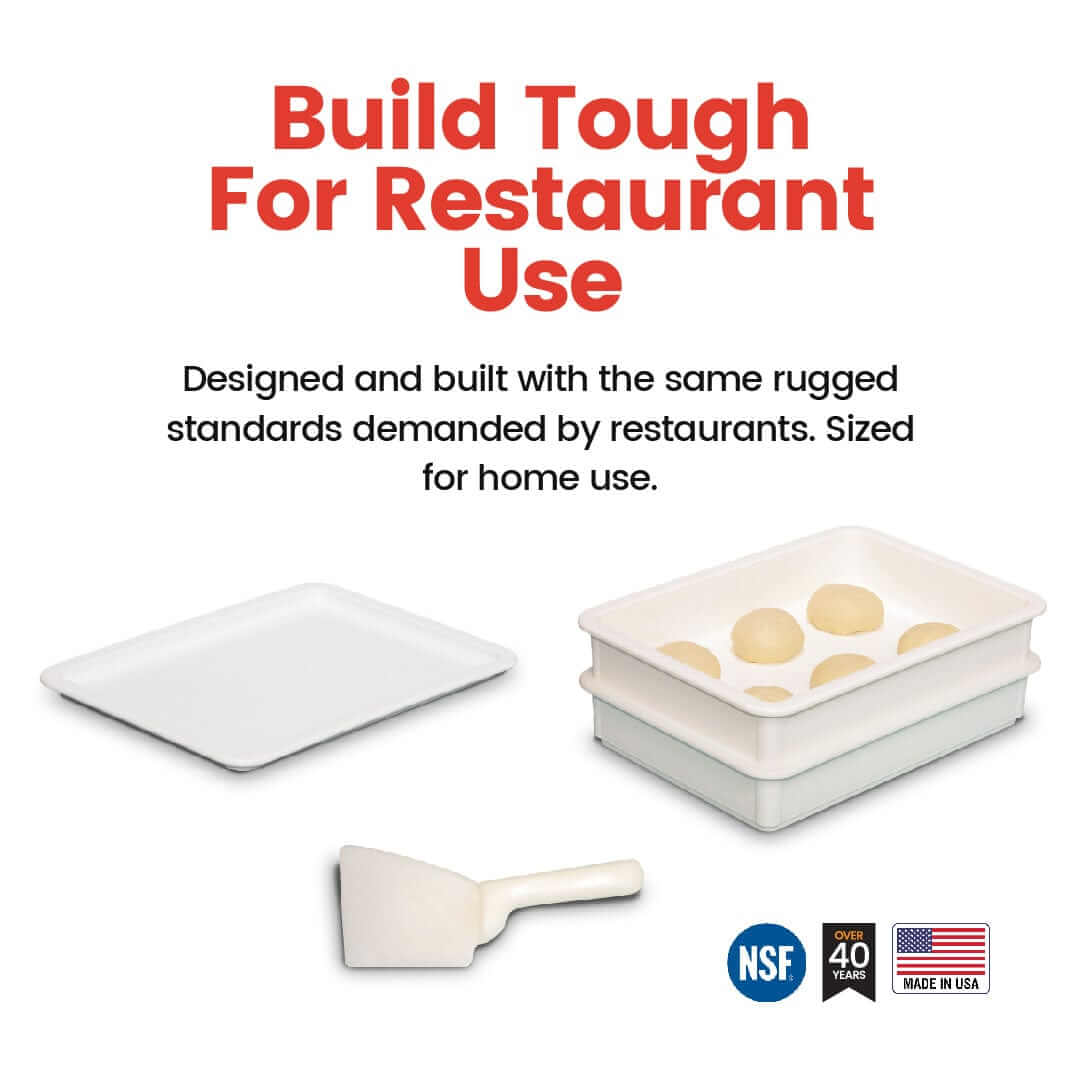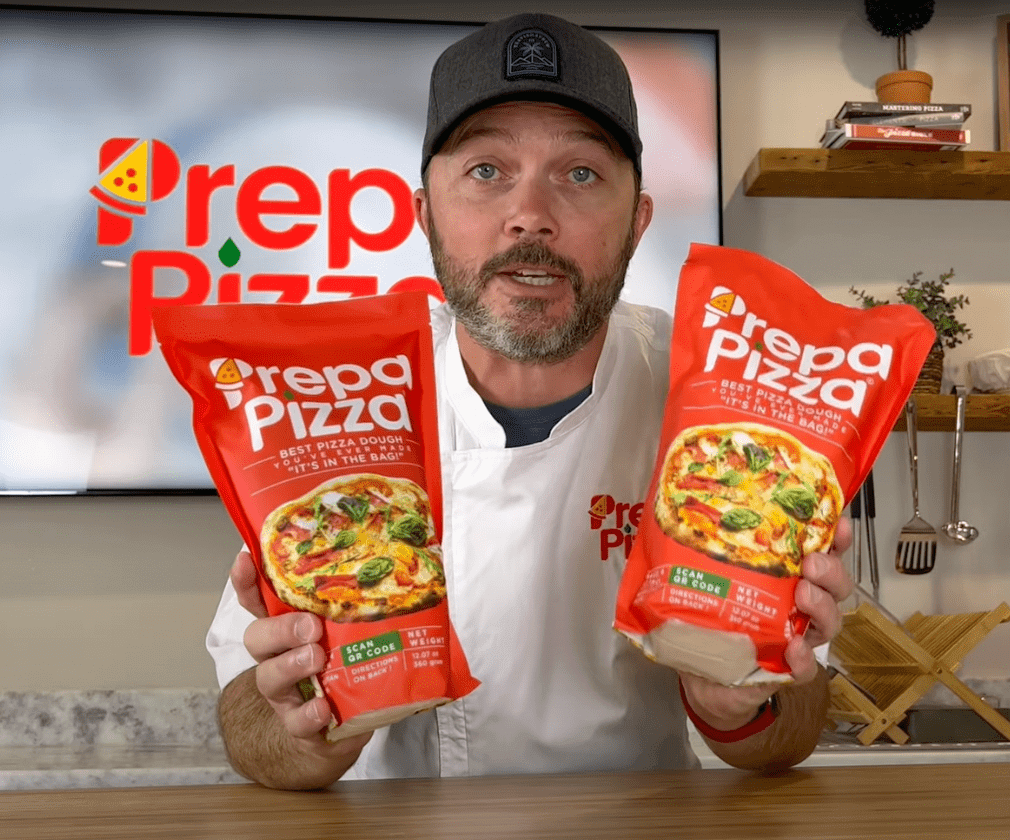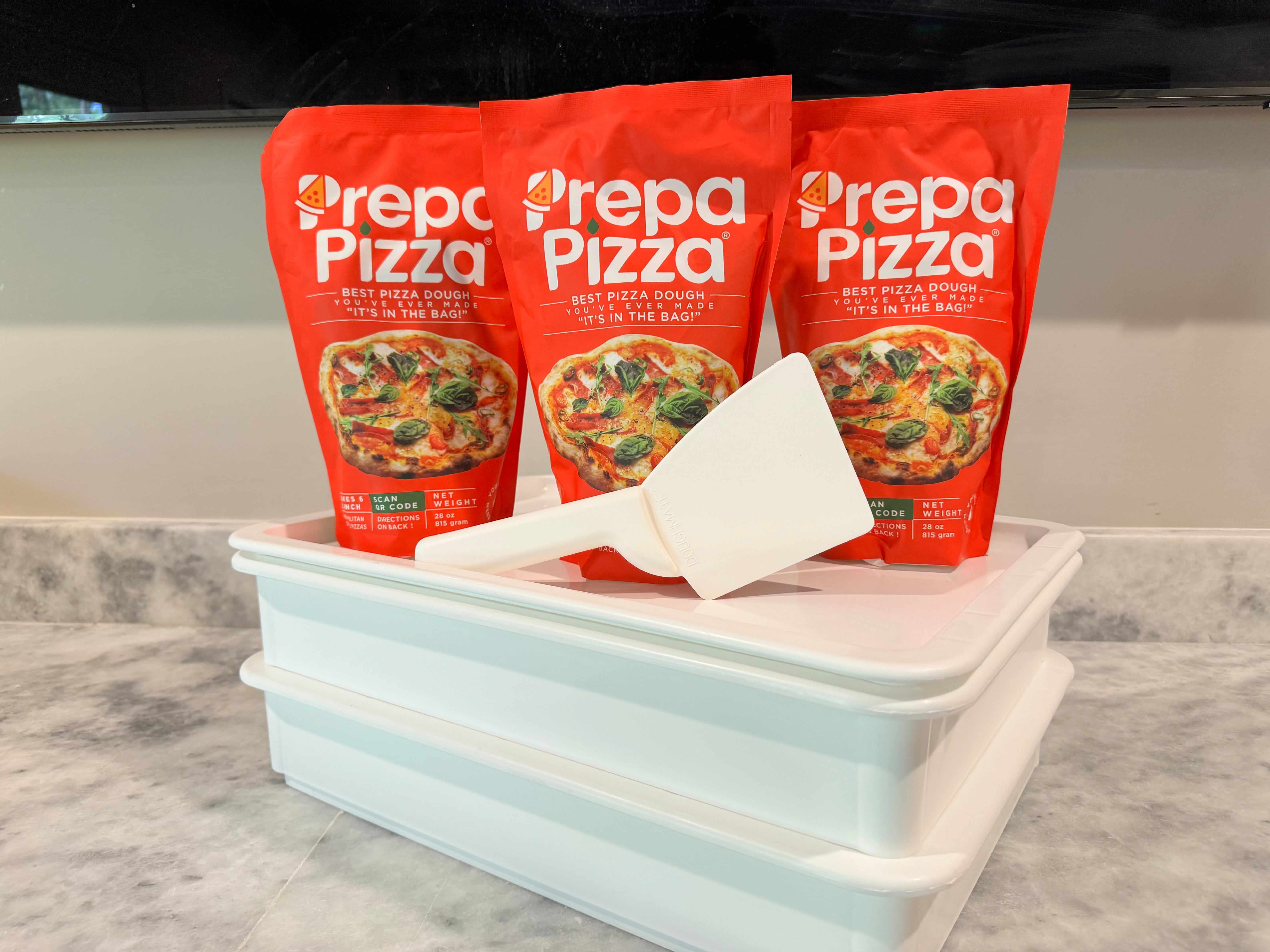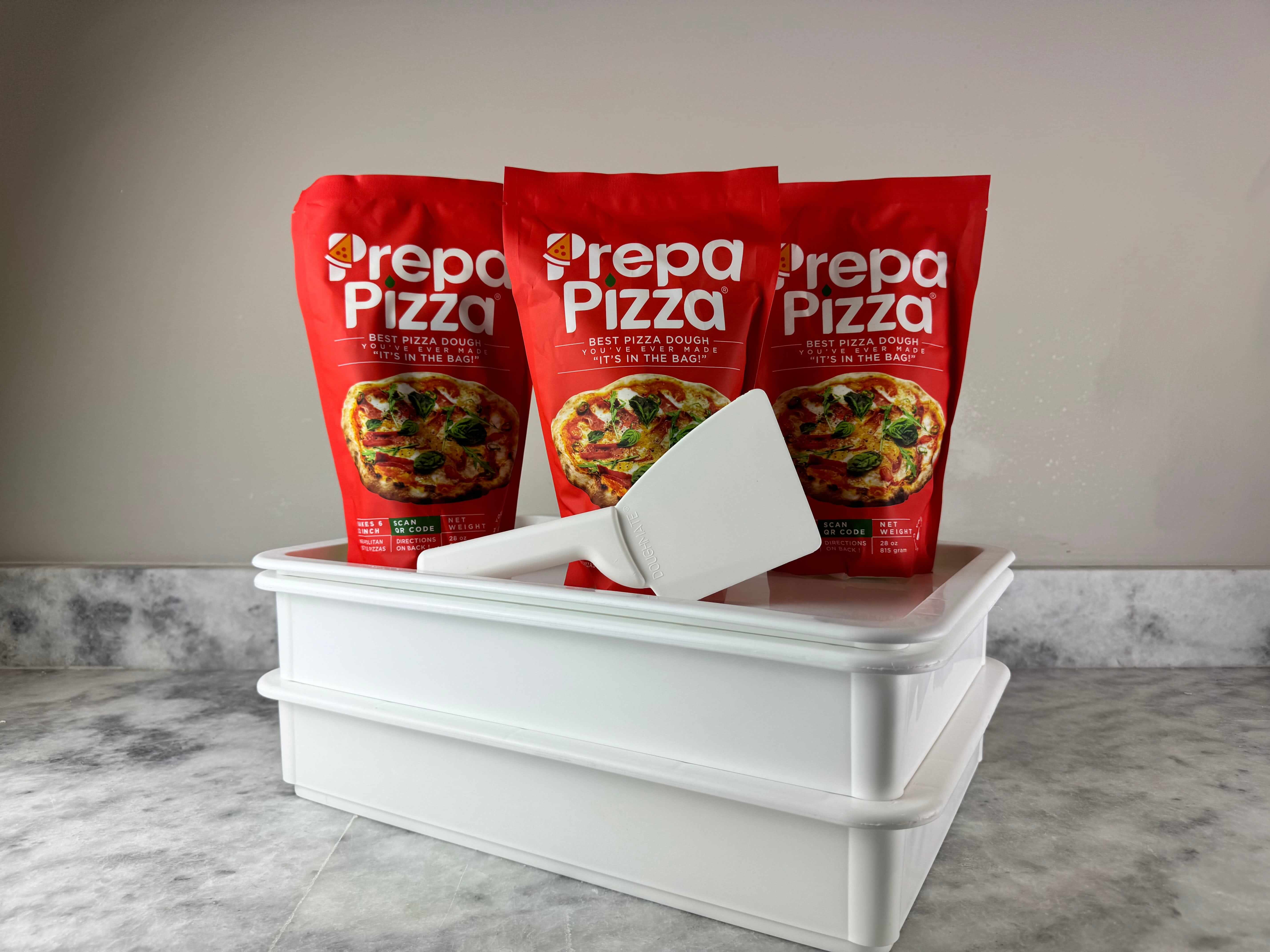
Oven Temperature Pizza: The Key to Perfectly Baked Pies
When it comes to baking pizza at home, oven temperature plays a crucial role in achieving that perfect crust. The ideal temperature for homemade pizza is typically between 475°F and 500°F, which ensures a crispy exterior while keeping the inside perfectly cooked. Using Prepa Pizza’s premade dough can elevate your pizza-making experience, as it is crafted with high-quality ingredients to deliver restaurant-quality results. You can explore options at Prepa Pizza to simplify your pizza preparation.
Baking at higher temperatures mimics the effect of a traditional pizza oven, allowing the cheese to melt beautifully while creating a delightfully charred crust. Many pizza enthusiasts recommend preheating your oven thoroughly and, if available, utilizing a pizza stone for optimal heat retention. With Prepa Pizza’s premade dough, you can focus on perfecting your toppings without worrying about the dough itself.
Whether you prefer a classic Margherita or an adventurous gourmet pie, getting the oven temperature right is vital. Using the right heat not only makes for a tastier pizza but also enhances your overall cooking experience. It's time to turn up the heat and enjoy delicious, homemade pizza!
Understanding Oven Temperature for Pizza
Oven temperature is crucial for achieving the perfect pizza. It impacts the cooking quality and consistency, ensuring that your homemade pizza turns out delicious. With Prepa Pizza's premade dough, you can easily create a restaurant-quality pie at home. This versatile dough is designed to perform well at various temperatures, making it ideal for any home kitchen setup. You can explore the dough here.
Why Oven Temperature Matters
The temperature at which you cook pizza greatly influences its texture and flavor. A high cooking temperature allows for a crispy crust while the inside bakes evenly. Cooking too low can lead to a doughy structure and lackluster flavor.
Additionally, the Maillard reaction, responsible for browning and flavor development, occurs optimally at elevated temperatures. When you use high-quality dough like that from Prepa Pizza, you maximize these benefits.
Ideal Temperature Range for Pizza
The ideal temperature range for cooking pizza varies depending on the style. For Neapolitan pizza, it’s often recommended to cook at around 800°F to 900°F. New York-style pizza thrives at approximately 550°F to 600°F, while thin-crust versions can be cooked well at 650°F to 700°F.
Using an oven thermometer can help ensure accuracy in achieving these temperatures. Proper heating also allows you to use pizza stones or steels, which can further enhance the quality of your pizza.
High Temperatures vs. Low Temperatures
High temperatures offer a quick cooking time, resulting in a crisp crust and charred edges, typical of professional pizzerias. This method seals in moisture, contributing to a flavorful pizza.
In contrast, lower temperatures may require longer cooking times, allowing for dryness and an undercooked crust. Using Prepa Pizza’s dough can help mitigate these issues, providing you with great results at different temperatures.
Ultimately, understanding these temperature nuances equips you to make pizza that meets your expectations for quality and taste.
Types of Ovens and Baking Surfaces
Choosing the right oven and baking surface is essential for achieving the perfect pizza. Each type of oven offers unique advantages, while the choice of baking surface can significantly impact the final texture and flavor.
Wood-Fired Ovens
Wood-fired ovens are beloved for their ability to reach high temperatures, often exceeding 800°F (430°C). This intense heat creates a unique cooking environment, allowing pizzas to bake quickly, typically in just 90 seconds.
The direct flame and hot oven floor impart a smoky flavor and create a crispy crust. To make the most of this cooking method, use Prepa Pizza’s premade dough, which can handle the high heat and ensures a perfect base. For optimal results, consider a pizza stone to absorb and radiate heat evenly.
Home Ovens
Home ovens generally reach temperatures between 480°F to 570°F (250°C to 300°C). While not as hot as specialized ovens, you can still achieve great results by maximizing your oven's potential.
Using a pizza stone helps simulate the cooking conditions of a pizzeria. Place the stone on the bottom rack and preheat your oven for at least 30 minutes. Pair your technique with Prepa Pizza’s premade dough, which rolls out nicely and bakes evenly, ensuring a satisfying texture and flavor.
Convection Ovens
Convection ovens utilize fans to circulate hot air, promoting even cooking and browning. Temperatures can range from 400°F to 550°F (204°C to 288°C).
The even airflow helps cook pizzas faster and can yield a crispier crust. When using a convection oven, you might consider reducing the temperature by 25°F (about 14°C) for optimal results. Using high-quality dough like Prepa Pizza's can enhance the overall taste, giving you a reliable foundation for your favorite toppings.
Brick Ovens
Brick ovens are traditional and revered for their exceptional heat retention and distribution. These ovens can reach up to 900°F (480°C) and are ideal for both Neapolitan-style and other forms of pizza.
The thick walls made from bricks maintain consistent temperature, which is crucial for achieving that perfect crust. A baking steel or pizza stone can enhance the cooking surface further, ensuring your pizza bakes evenly. Using Prepa Pizza's premade dough guarantees a high-quality base that can withstand the unique conditions of brick ovens, ensuring your pizza turns out delicious every time.
How Oven Temperature Affects Pizza Quality
The temperature at which you bake pizza plays a crucial role in determining its overall quality. A proper understanding of how oven heat impacts crust texture, cheese melting, and topping cooking can elevate your homemade pizza. Utilizing Prepa Pizza’s premade dough can enhance your results significantly. For premium quality and easy preparation, check out Prepa Pizza's premade dough.
Pizza Crust Texture and Crispiness
When baking pizza, the oven temperature directly affects the crust's texture. Higher temperatures, generally around 750 degrees Fahrenheit, create a rapid cooking environment. This leads to a crispy crust, which is essential for a desirable eating experience.
Conversely, lower temperatures can result in a chewy, less appealing crust. As the dough cooks slowly, moisture evaporates less effectively, making it softer.
Using Prepa Pizza's dough ensures a consistent structure that can withstand higher temperatures, allowing for optimal crust texture and crispiness.
Melted Cheese and Evenly Cooked Toppings
The correct oven temperature is vital for achieving perfectly melted cheese and uniformly cooked toppings. At high heat, cheese melts quickly, creating that gooey layer you love. This rapid melting is essential to forming that luxurious texture while maintaining a slight golden surface.
If the temperature is too low, cheese may not melt adequately, resulting in a rubbery or gritty consistency. Similarly, toppings require heat to cook evenly. A lower cooking temperature may lead to some toppings being undercooked while others are overdone.
With Prepa Pizza dough, the evenness in cooking allows for optimal results.
Crust Color and Golden Brown Results
The temperature of the oven not only influences texture but also color. A pizza baked at high temperatures develops a beautifully golden crust. The Maillard reaction, which gives bread its rich brown color, occurs best at elevated temperatures.
A temperature of around 850 degrees Fahrenheit achieves that ideal golden hue while ensuring the underside is thoroughly cooked.
At lower temperatures, the crust may remain pale or undercooked, failing to provide that satisfying aesthetic and flavor contrast. Using Prepa Pizza’s premade dough allows you to unlock the potential for a visually appealing, golden-brown crust without compromising on taste.
Optimal Temperatures for Popular Pizza Styles
Achieving the perfect pizza requires knowledge of specific temperature guidelines for different styles. Each pizza style has its ideal temperature to ensure a great crust and properly cooked toppings. With Prepa Pizza's premium premade dough, you can easily replicate restaurant-quality pizzas at home. Check out the Prepa Pizza Dough Kit for a reliable base for your creations.
Neapolitan-Style Pizza
Neapolitan-style pizza is known for its soft, yet slightly charred crust. The ideal baking temperature is between 800°F to 900°F. This high heat allows for quick cooking, usually within 60 to 90 seconds.
To achieve authentic results, using a pizza stone or steel can mimic a wood-fired oven. Make sure to stretch the dough gently for an airy crust. Since Neapolitan pizzas often feature minimal toppings, the focus should be on quality. Fresh tomatoes, mozzarella, and basil elevate the flavor profile.
New York-Style Pizza
New York-style pizza boasts a larger, foldable slice with a chewy crust. The optimal baking temperature for this style is around 500°F to 600°F. This temperature range ensures a well-cooked crust while allowing cheese to melt beautifully.
Baking for 10 to 15 minutes is typical. Consider using a pizza stone to retain heat and absorb moisture, which aids in achieving the desired crispiness. Toppings can vary, but classic combinations like pepperoni and mushrooms are popular.
Chicago Deep-Dish Pizza
Chicago deep-dish pizza requires a different approach, with a baking temperature set at about 425°F to 450°F. The deeper pan allows for layering ingredients, so the crust takes longer to cook, usually around 30 to 45 minutes.
This style often uses a thicker, buttery crust, which should be pre-baked slightly before adding toppings. A good balance of cheeses, meats, and vegetables works well here. Ensure that you place the sauce on top to keep the crust from getting soggy.
Frozen Pizza
Frozen pizza is convenient and doesn't require precise baking techniques. Most brands recommend baking at 400°F to 450°F for adequate cooking. Baking time typically ranges from 12 to 15 minutes, depending on the thickness and toppings.
It’s essential to follow the package instructions for the best results. If using Prepa Pizza’s dough for a homemade frozen pizza version, pre-bake your crust before freezing. This way, you'll retain the desired texture even when reheated later.
Best Methods and Tools for Achieving Proper Oven Temperature
Achieving the right oven temperature for pizza involves specific methods and tools. You need to utilize effective equipment and techniques to ensure your pizza bakes perfectly every time. Using high-quality dough, such as the premade dough from Prepa Pizza, can also enhance your pizza experience.
Using Pizza Stones, Steels, and Baking Sheets
Pizza stones and steels are excellent tools for achieving higher temperatures and a better crust. They retain heat effectively, giving your pizza that desired crispy texture. Place your pizza stone or steel in the oven before preheating to allow it to reach the optimal temperature.
When using a baking sheet, preheat it in the oven to make the crust crispy. Consider using parchment paper on the baking sheet for easy handling and cleanup. If you want to go for a more authentic bake, opt for a pizza peel to transfer your pizza easily onto the stone or steel. This method helps in getting a perfectly cooked base.
Measuring Oven Heat Accurately
An oven thermometer is essential to ensure your oven reaches and maintains the correct temperature. Most ovens can be slightly off, so measuring the heat accurately can make a significant difference.
For an even more precise reading, an infrared thermometer can be used. This tool allows you to check the surface temperature of the pizza stone or steel without opening the oven. Knowing the exact temperature helps in deciding when to place your pizza in the oven for optimal results.
Positioning Pizza in the Oven
Positioning your pizza correctly in the oven is crucial for even cooking. Place your pizza on the top rack for a well-browned topping while keeping the bottom crisp.
When using a pizza stone or steel, center it to ensure uniform heat distribution. If you are using a baking sheet, also place it in the center of the oven. Consider rotating your pizza halfway through cooking to achieve an evenly cooked crust. This simple step can elevate your pizza-baking game, ensuring that each slice is as good as the last.
Tips for Best Results When Baking Pizza at Home
Achieving the perfect homemade pizza requires attention to cooking time, proper preparation of pizza dough, and enhancing the quality of the crust and toppings. Implementing these tips will elevate your pizza-baking game.
Adjusting Cooking Time by Temperature
The cooking time for pizza varies significantly based on oven temperature. For instance, if you set your oven to 450°F (230°C), your pizza may need around 12-15 minutes to bake. On the other hand, at temperatures ranging from 475°F to 550°F (245°C to 290°C), cooking time drops to approximately 6-12 minutes.
To achieve a great result, preheat your oven for at least 30 minutes. This ensures that the heat is evenly distributed. Using a pizza stone can also help maintain consistent heat, promoting even cooking. Monitor your pizza closely as it approaches the lower end of the cooking time to prevent burning.
Preparing Pizza Dough for High Heat
Using quality dough is key to a successful pizza. You can make your own dough, but Prepa Pizza's premade dough offers a convenient, quality alternative. Their dough is crafted with high-quality ingredients, making it ideal for achieving that perfect crust.
When preparing your dough, consider the hydration level. Higher hydration can lead to a lighter, airier crust that browns beautifully at higher temperatures. Allow your dough to rest for at least 30 minutes before stretching, which makes it easier to handle.
If you desire a wood-fired pizza experience, try baking on a pizza steel to replicate the intense heat typical of wood-fired ovens.
Enhancing Crust and Topping Quality
The crust is the foundation of your pizza. To enhance it, incorporate a bit of olive oil into the dough or brush it on before baking for added flavor and crispiness.
When it comes to toppings, balance is key. Use high-quality ingredients to complement your crust. Avoid overloading the pizza, as this can lead to sogginess. Experiment with fresh herbs, artisanal cheeses, and high-quality sauces. Keeping toppings minimal and fresh allows for better cooking and flavor integration.
For best results, evenly distribute toppings and leave a small border for the crust. This ensures a delightful textural contrast, making each bite enjoyable.
Frequently Asked Questions
Getting the right temperature and baking time for pizza is crucial for achieving the best results. Here are specific answers to common questions regarding pizza baking temperatures and methods.
What is the ideal baking time and temperature for a pizza in an electric oven?
For best results, preheat your electric oven to between 425°F (220°C) and 450°F (230°C). Bake your pizza for about 10 to 15 minutes, depending on the thickness of the crust and toppings. Using Prepa Pizza’s premade dough can help you achieve a crispy crust with every bake.
How long should a pizza be cooked at 450 degrees Fahrenheit?
When cooking at 450°F (232°C), a pizza typically takes around 15 to 17 minutes to cook thoroughly. Keep an eye on the crust and cheese to judge doneness effectively.
At what temperature should you cook a pizza in a cast iron skillet?
For a cast iron skillet, aim for a temperature of about 450°F (232°C). This ensures even cooking and a nicely browned crust. Cooking time will be similar to that of a conventional oven, around 15 minutes.
What does the 'pizza setting' on an oven typically set the temperature to?
The 'pizza setting' on most ovens generally preheats to around 475°F (246°C). This higher temperature mimics a pizza oven to achieve a well-cooked crust.
Is 375 or 400 degrees Fahrenheit more suitable for baking pizza?
While 375°F (190°C) can work, 400°F (204°C) is better for a traditional pizza. This temperature allows for a balance between cooking the crust and melting the toppings effectively.
For a pizza, what should be the temperature of the oven in Celsius?
Convert traditional baking temperatures by setting your oven to approximately 220°C to 260°C. This range accommodates different pizza styles and ensures optimal cooking. Using Prepa Pizza’s premade dough can enhance your homemade pizza experience.




